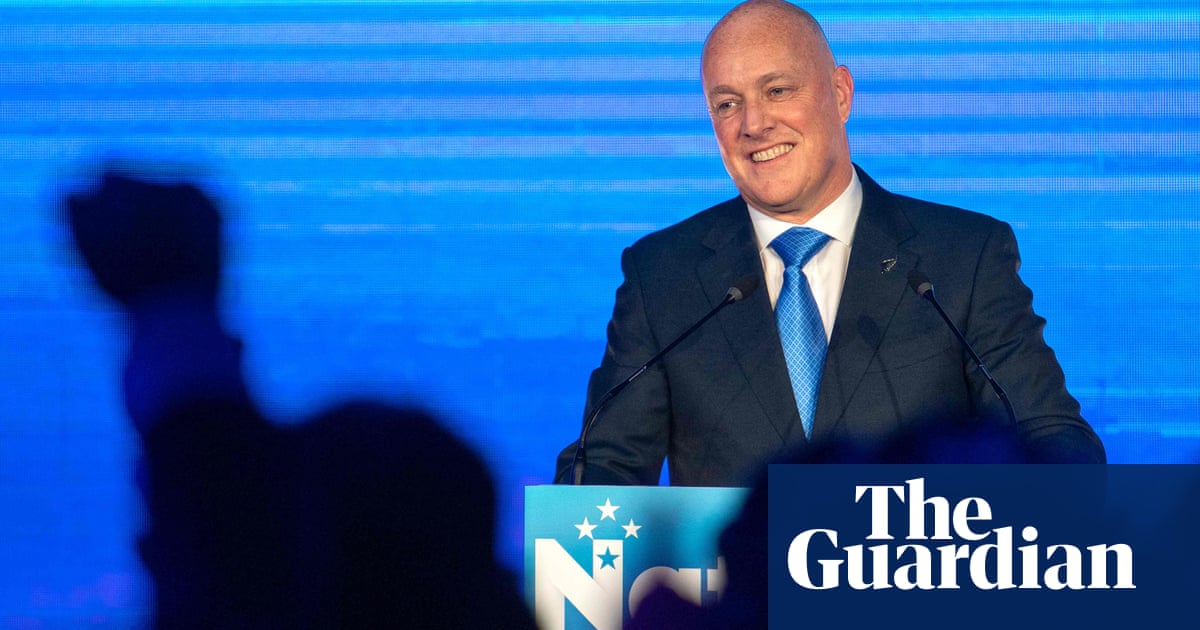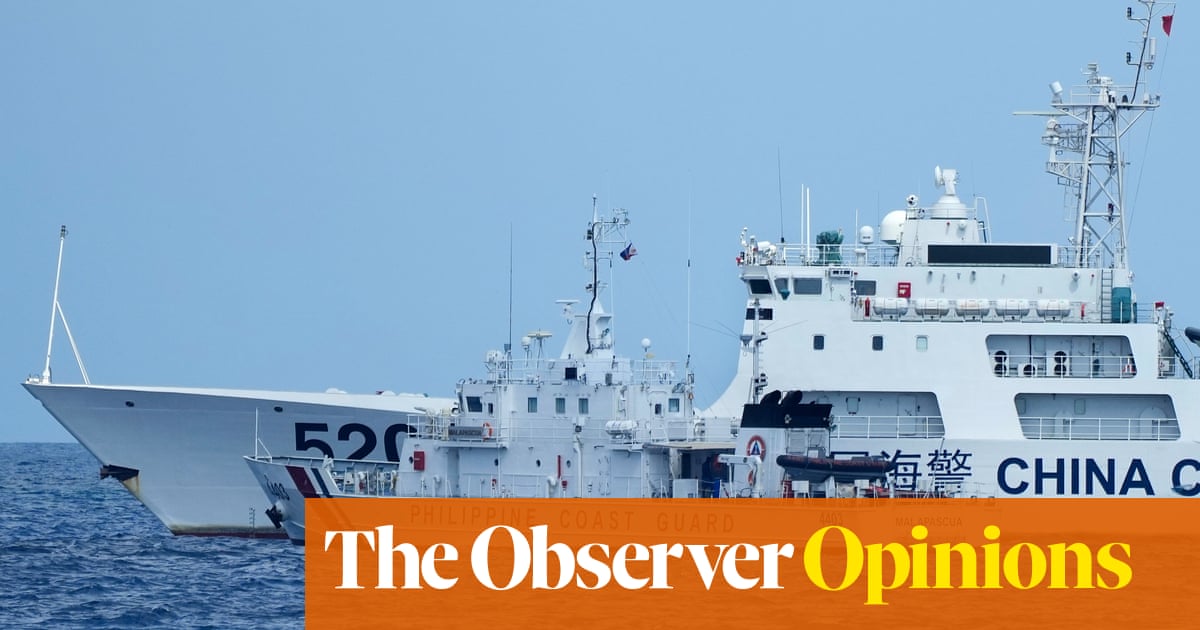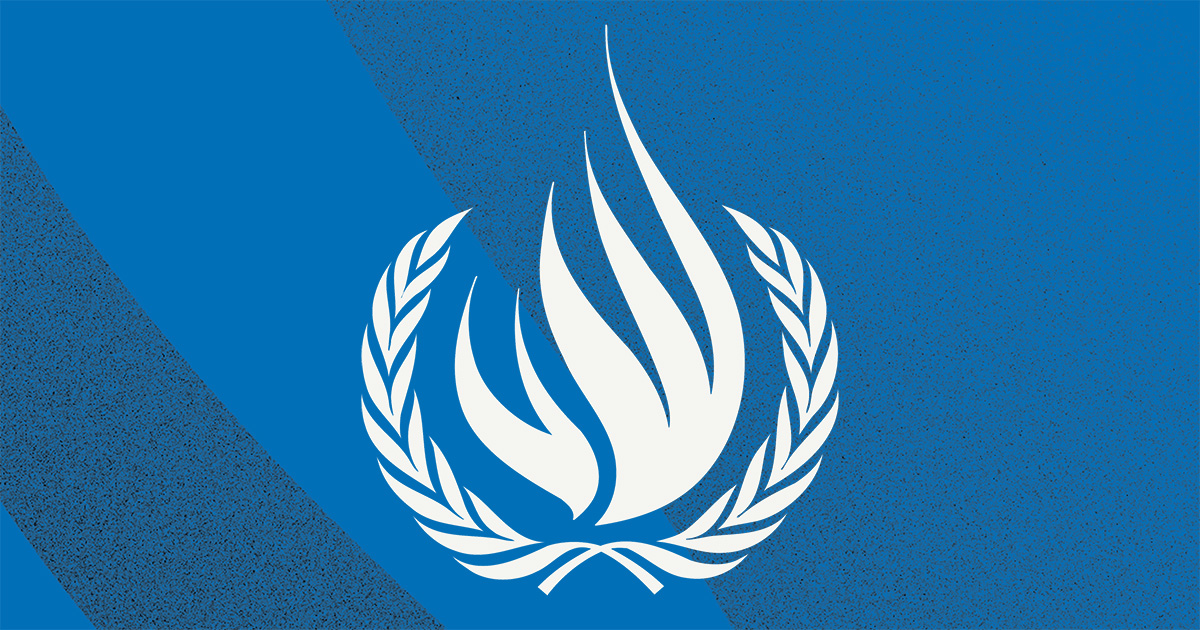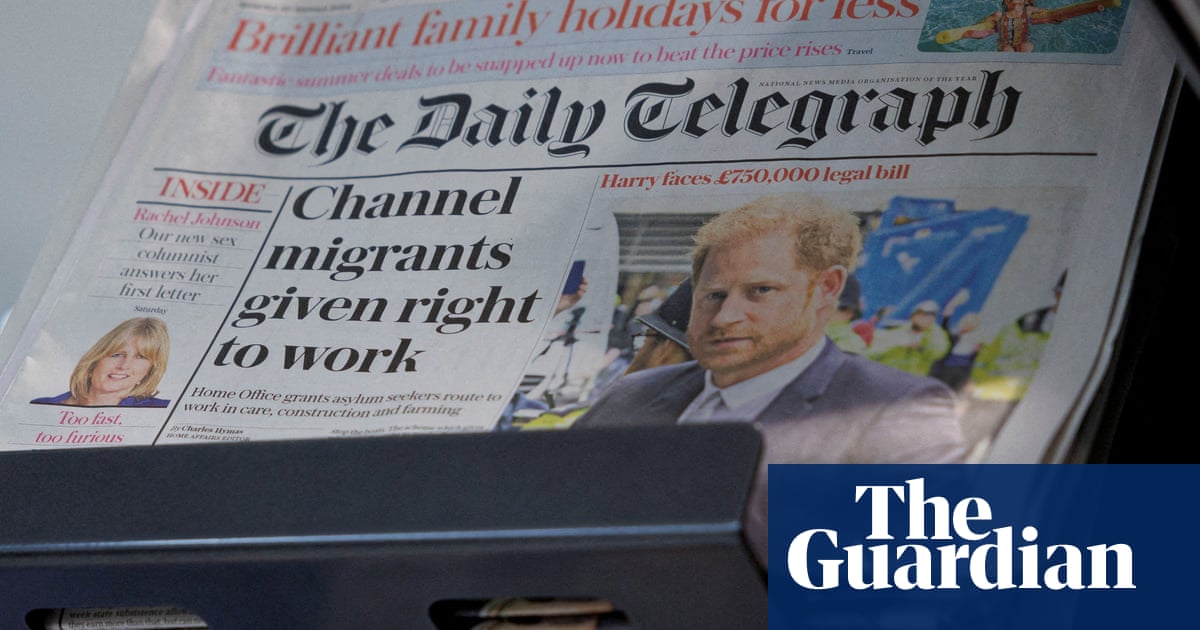
Three fishers sit around a bare table in Pātea Boating Club, a few hundred metres back from New Zealand’s south Taranaki coastline. Pigeons have left droppings on the floorboards, and through the salt-dusted windows the ocean pounds against the black sand.
“This is one of the best fishing areas in the country,” the club’s commodore, Steve Corrigan, says of the South Taranaki bight, which sweeps along the vast west coast of the North Island. “And it’s at risk of being ruined.”
Aside from its abundant fish species, the bight is home to coral reefs, New Zealand pygmy blue whales and is visited by endangered species such as the Māui dolphin, the world’s rarest.
Over the past 11 years the region’s seafloor has generated global interest and become a bitter battleground between a mining company and the locals who live and work along the coast.
Since 2013, Trans-Tasman Resources (TTR) has been trying to gain consent to mine the iron sands between 19 and 42 metres below the surface. Iron sands are rich in rare earth minerals used in the production of steel, batteries and space craft – and increasingly sought-after for renewable energy.
TTR’s proposal to mine up to 50m tonnes a year for 35 years has touched off a years-long legal dispute with the community, which fears the sediment discharged back into the sea will smother marine life, impact fishing and endanger rare marine mammals.
The fight against seabed mining in the politically conservative Taranaki region is galvanising unlikely bedfellows – dairy farmers, boaties, surfers, schools, iwi (Māori tribes) and environmental groups are working together to block the proposal.
“I don’t think any of us would call us greenies,” says Phil Morgan, a former dairy farmer and avid fisher.
“We’re pro-business … but this [area] is far too important to wreck – [mining] is going to wreck it for a lot of years.”
In recent years, opposition groups including local iwi, Kiwis Against Seabed Mining and other environmental organisations have succeeded in delaying mining consent through Environmental Protection Agency (EPA) hearings and court cases. In 2021, TTR lost its supreme court bid to overturn a decision preventing it from gaining consent to mine.
The court found that uncertainty over how TTR’s activities would affect species including marine mammals and seabirds meant authorities “simply could not be satisfied that the conditions it imposed were adequate to protect the environment from pollution”. It sent the proposal back to the EPA for reconsideration.
But opposition efforts could be at risk from a new challenge: a pro-mining government pushing through a controversial law that could see mining projects fast-tracked for approval across the country – a process TTR says it is exploring, after withdrawing from the latest EPA hearing.
‘Reefs burst into colour’
Along the high tide mark of Pātea Beach, large bone-white logs jut out of the black sand. The moody scene belies the technicolour world submerged just offshore.
“When we shine our lights on the reefs, they burst into colour – red, orange, green, purple,” says Karen Pratt of Project Reef, a group that photographs and collects data on south Taranaki’s reefs.
In 2022, the group and the National Institute of Water and Atmospherics mapped 61km of reefs in the region. The subsequent report found thriving fish populations, extensive kelp forests, algal meadows, sponge gardens and blue cod nurseries in the areas near the proposed mining site.
Walking along Pātea beach, Lyndon DeVantier and Catherine Cheung – ecologists and members of Climate Justice Taranaki– tell the Guardian their group has been strongly opposed to mining off the coast for many years. Cheung says TTR has failed to gain the community’s support because it has not proved the environment will be protected from its activities.
“When there is no clear evidence yet to prove something [is safe], then you have to err on the side of caution,” she says.
Like others in the community, Climate Justice Taranaki is particularly worried about the impact of the discharge from mining on marine life in the area.
In documents put before the EPA, TTR lays out its mining method. Iron sands will be extracted through a device referred to as a “crawler” – a 12m, 350-tonne, 8x8m machine that pumps sand up a pipe into a processing boat to separate out the iron ore. Roughly 10% of the material will be retained, and the rest discharged back on to the seafloor, TTR says.
In its application for fast-track approval, which TTR provided to the Guardian, the company says the area it wants to mine is “a world-class deposit” and mining would result in a “minimal, confined and only a very short-term localised impact” on marine ecosystems.
In a statement to the Guardian, TTR’s chair, Alan Eggers, says effects on the environment “will be managed by a robust set of more than 100 agreed conditions”, and a suite of management and monitoring plans set by the EPA.
The sediment returned to the seabed will have “no adverse impact on nearby reefs or people’s ability to surf and eat seafood from the seashore”.
Eggers says the project would make New Zealand the world’s third-largest producer of vanadium, while delivering jobs and about NZ$1bn in annual export earnings.
Some in the community support the proposal. The managing director of Taranaki shipping company Phoenix Shipping, Billy Preston, says he sees seabed mining as an opportunity for his business and the region.
Preston, who is a small shareholder in TTR, says he has expressed interest in involvement with the project, should it go ahead.
“There’s opportunities for employment, education, spending money in the economy. Taranaki people are not the only ones that will benefit out of this – New Zealand would benefit out of this.”
Preston is frustrated at opposition to the proposal and says TTR has spent millions to ensure the environment is protected.
The greatest concern with seabed and deep-sea mining (mining at depths greater than 200m) is how little is known about the ecology of organisms living in those habitats, says James Bell, professor of marine biology at Victoria University of Wellington.
“These are low-energy environments that have probably been stable for long periods of time, so if you disturb them and kill off those animals, they’re probably going to take a long time to come back.”
Concerns have grown over sediment plumes, he says.
“Environments in the deep sea often are relatively low current, so once the sediment is up in suspension, it may hang around for a really long time, and if there are currents, [plumes] can travel quite a long distance away from where the seabed mining occurred.”
The risk is that organisms such as sponges can become clogged up and die.
“If you remove that kind of complexity on the sea floor, you have the potential to have knock-on effects.”
International pressure mounts
Pressure for a pause on efforts to mine the sea floor has been growing , with at least 27 countries arguing there is not enough data to begin mining. Other nations are open to exploration and in January Norway became the first country to approve deep-sea mining.
The International Seabed Authority (ISA), which will regulate mining in international waters, has issued 31 exploration contracts sponsored by 14 nations.
New Zealand’s stance on seabed mining is murky. In 2022, the country signed up to the ISA’s conditional moratorium on seabed mining, which covers waters outside New Zealand’s exclusive economic zone (leaving domestic waters open to proposals). But in 2023, Labour, National and Act voted down a Māori party bill to ban seabed mining. National and Act said blanket bans would be unhelpful, while Labour voted it down because it risked cutting off gas exploration.
Meanwhile, the rightwing coalition government voted into power last year wants to boost New Zealand’s mining sector, amid a gradual rollback of Jacinda Ardern-era environmental policies. The resources minister, Shane Jones, says he wants to double the country’s NZ$1.03bn mineral exports to $2bn by 2035.
The major National party’s coalition agreement with the minor populist party New Zealand First – of which Jones is a member – promises to “investigate strategic opportunities” in mineral resources, including vanadium.
In a statement responding to the Guardian’s questions about the government’s stance on seabed mining, Jones says the government is working hard to improve New Zealand’s economy.
“Utilising New Zealand’s natural resources, in a way that is strategic and responsible, presents us with a significant opportunity to do this,” he says.
The minister is “committed to giving the people … more jobs, including more well-paid jobs and highly skilled jobs”, he says.
Meanwhile, the government says it will not comment on hypothetical applications – such as TTR’s mining proposal – as no projects have yet been selected under fast- track. The bill is before the environment committee, which is due to release its report in September.
Twenty minutes north of Pātea, in the rural town Hāwera, Rachel Arnott and Graham Young from a local iwi, Ngāti Ruanui, tell the Guardian that the ocean, land and iwi are inextricably linked.
Young says iwi are not opposed to the appropriate use of resources found in the ocean, as long as best-practice is followed.
“But TTR never got over that line … and that’s been supported by the courts,” Young says.
The fast-track bill poses a new significant threat, Young says, citing a particular concern that iwi and community groups will be sidelined from discussions.
Jones says that under the current proposal, expert panels will be required to seek and consider comments including from local government, Māori groups and landowners when considering projects.
From the iwi’s headquarters in the heart of Hāwera, Arnott says they will continue to fight “as much as we can” to stop the Taranaki project.
“We will be out there loud and proud – we will do whatever delay tactics we can do. Because it is not about me, or us, it’s about the future.”












